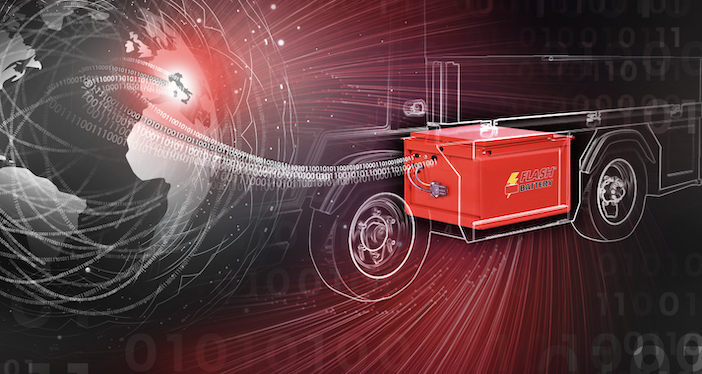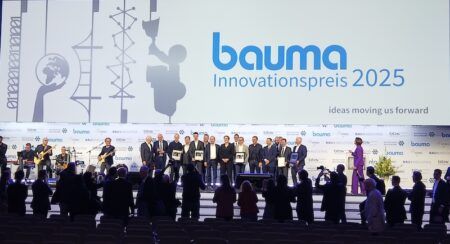The projectFlash Data Center 4.0, Flash Battery’s proprietary software for automatic remote data control, has been shortlisted for the Bauma Innovation Awards. It was named in the digitalisation category, the only Italian company among the nominees.
Flash Data Center 4.0 is an automatic real-time data control system that uses artificial intelligence. The cloud system is integrated into a virtual environment with a containerised architecture that harnesses machine learning and AI technologies to guarantee the interconnection between battery systems made by Flash Battery.
“What an amazing satisfaction this is,” says Marco Righi, CEO of the company. “It’s a recognition that goes beyond the quality of our batteries into everything that’s linked to them in terms of reliability, advanced and predictive analysis of the big data from the battery systems, and the constant performance checks and improvements that customers can concretely measure and control on their own.
“This means that Flash Data Center 4.0 learns and improves performance based on the data analysed, giving OEM manufacturers and end customers the opportunity to carry out advanced and predictive analyses of the big data from their battery systems in real time, thanks to the support of machine learning and AI technologies.”
The new graphic interface and user experience were designed as a single intuitive dashboard that provides end-users with real-time analysis of all the battery’s key metric data, including Cycle Life, State of Charge – SOC, State of Health – SOH, and Operating Temperature for each interconnected battery.
From the very beginning, Flash Data Center 4.0 was conceived to enable predictive maintenance and the advanced planning of extraordinary maintenance work. This avoids expensive downtime, saving time and money. At the same time, the system lets customers manage end of life autonomously, thanks to a control system that accurately keeps tabs on the battery’s state of health (SOH).
“In this way, SOH and End of Life are accurately predicted and make it possible to sustainably plan the replacement of end-of-life batteries in entire fleets, optimising and reducing the cost of disposal and making the process of re-using components more efficient thanks to the component blockchain,” says Righi. “Predictive maintenance as we envisioned it in Flash Data Center 4.0 is an important advantage not only in terms of battery end-of-life but also in terms of extraordinary maintenance events requiring on-site repair, because it allows a certain amount of planning, which here, too, saves time and money”.





